Services
Car Care Tips
What's a tie rod?
The tie rods are part of a vehicle’s steering system. They are found at the end of a rack and pinion. There are two types of tie rods. An inner and an outer. The inner is attached in both ends of the rack and pinion and the outer is attached to the wheels. First the inner and then the outer. As we move the steering wheel, the rack and pinion move. The tie rods help push and pull the front tires, they are use every time we turn the steering wheel. They can go bad at any time due to driving conditions, poor road conditions, or potholes.
Symptoms of bad tie rods:
- Squeak noise when turning or hitting bumps
- A loose feeling and slack on the steering wheel
- Shaking and/or vibration on the steering wheel when hitting bumps
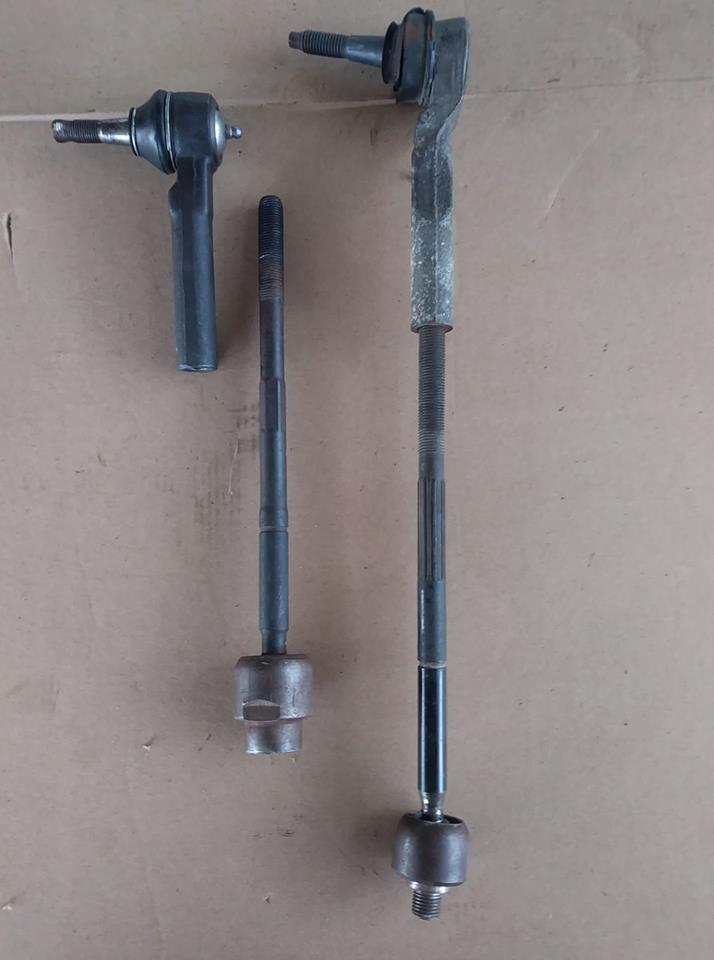
Why is suspension important?
When it comes to a smooth ride, your vehicle’s suspension is an important part, a big role plays having good ball joints in your vehicle’s suspension. A bad ball joint can damage your tires, it can become a very dangerous experience if not repair in time.
What is a ball joint?
A ball joint is a part of the suspension that connects the control arms (lower & upper pix#2) to steering knuckle. Also, it is a pivot point between the wheels and the suspension of your vehicle.
Signs of a bad or failing ball joint:
- Clunking/pop noises when going over bumps or turning
- Excessive vibration from the front end of the vehicle
- Steering to the right or left unintentionally(drifting)
- Excessive inner or outer tire wear due to uneven foot print
If a damage ball joint is left unattended, the wheel could come off unexpectedly and leave you stranded… and it can become a very expensive repair, therefore next time you drive your vehicle observe its performance for the signs mentioned above.
Give us a call 956-455-1204
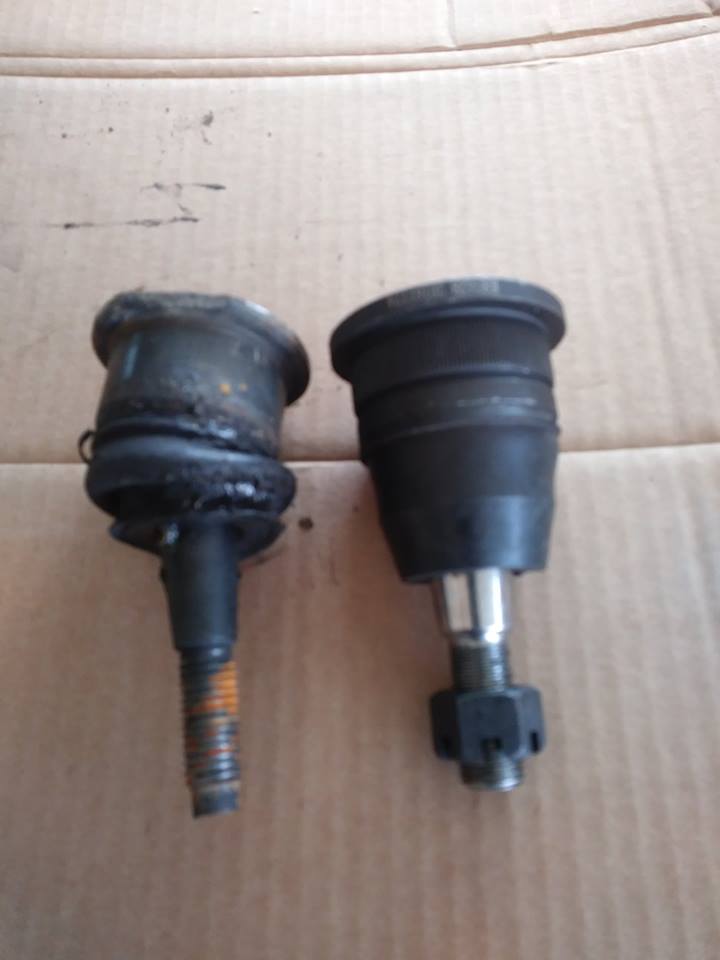
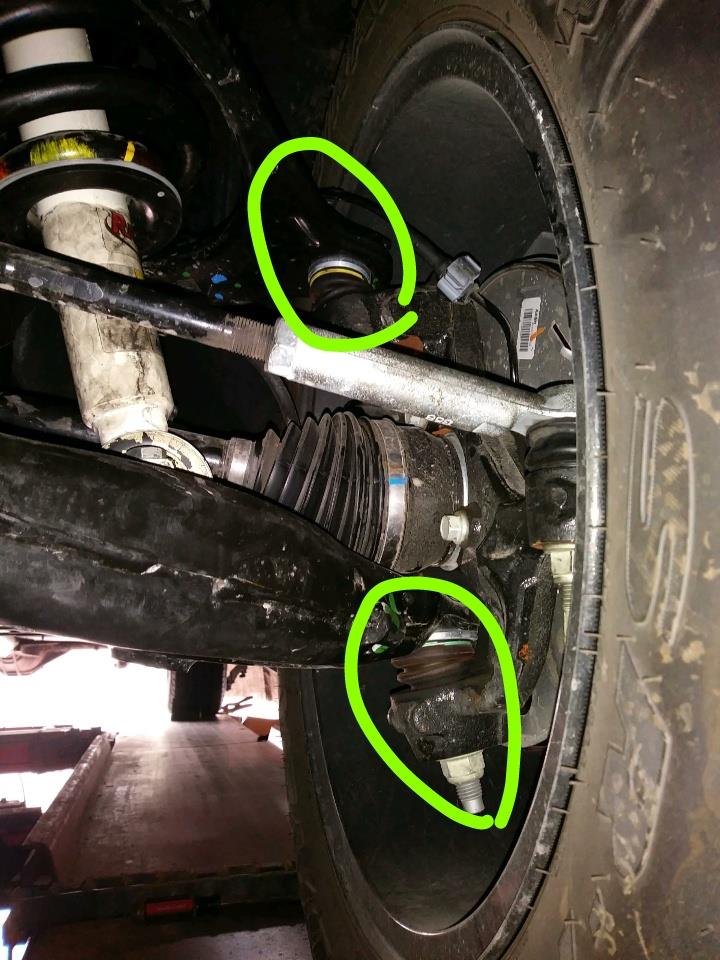
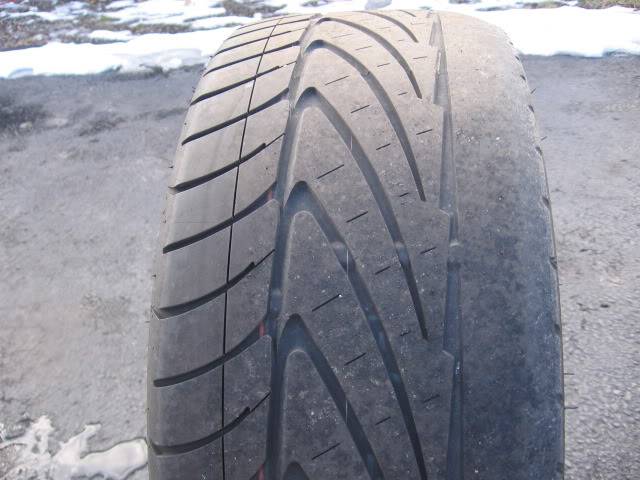
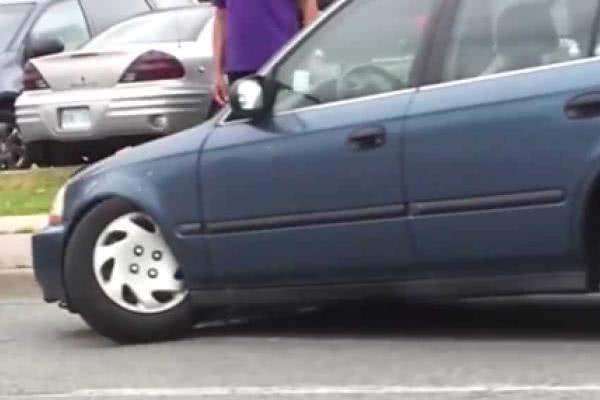
Brakes: Brake Caliper
Have you heard when you brake the metal with metal sound?
The main reason is your vehicle just run out of brake pads, therefore the sound…but sometimes the brake caliper is the culprit at fault.
What does this mean?
Well, it’s simple, at some point the brake caliper does not do its job. The brake caliper is part of the brake system. When we press the brake pedal, the brake fluid flows from the brake master cylinder to the brake Calipers (found on wheels) applying pressure to the caliper piston (inside the caliper), pushing the brake pads against the rotors to slow/stop the vehicle. The brake caliper piston has a rubber boot that helps to keep debris and rust out, if torn, the piston won’t slide back.
So how is it that the caliper it’s at fault?
Well, when a bad caliper does not work properly the caliper piston stays out causing the following:
- Early wear and tear of the brake pads.
- Vehicle pulling when braking to the side of the stuck caliper.
- Overheating the wheel with the stuck caliper giving a burning smell.
- Wobbling vibration when braking.
Checking you brakes once a year eliminates all these damages to your vehicle and the most important thing, saves you money and headaches because it can be caught on time.
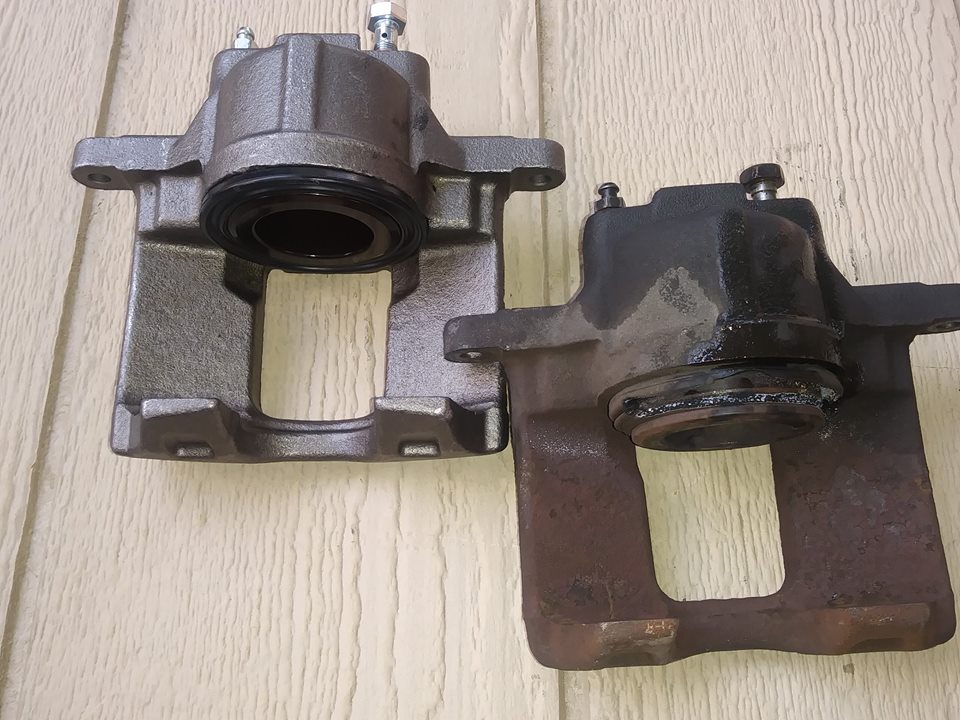
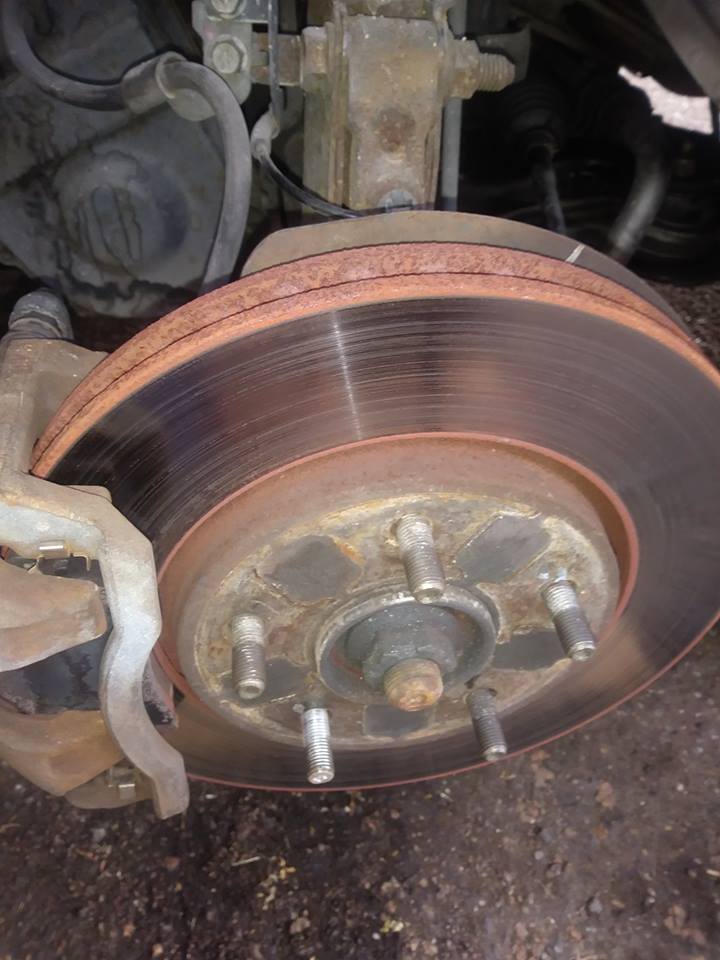
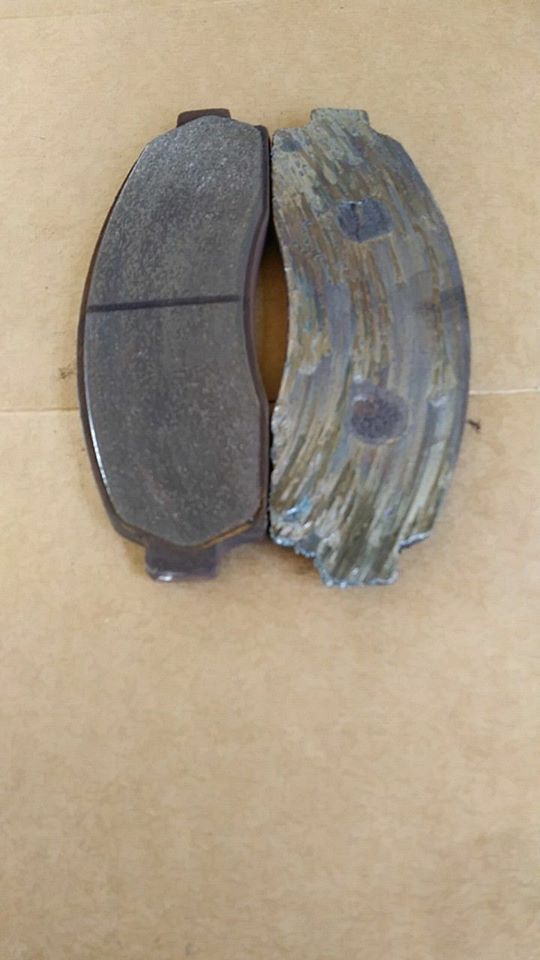
Why we are the Alignment Professionals
This video describes the alignment process "Code Link: The New Last Step". Now days an alignment is not only the mechanical part. We need to tell the computer that adjustments were made. Here's why the right tools matter and we have the technology to do it right! We do it every day.
Sway Bar Links
The sway bar links are part of an automobile suspension. They control and reduce body roll of the vehicle when we make fast turns and/or irregularities of the road. It seems like they might not do much but the facts are different. The sway bar links when not working properly, they make a horrible and annoying noise. They will let you know with a rattling or clunk.
Here are the symptoms of bad sway bar links:
- Clunking or rattling noise from the tire area.
- Poor handling or loose steering wheel
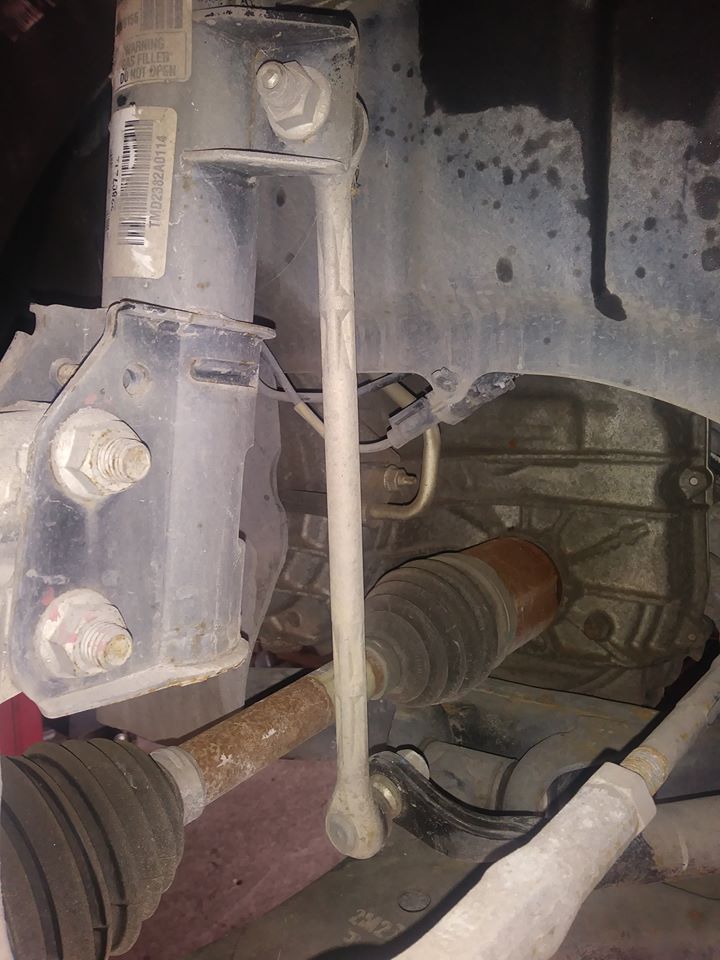
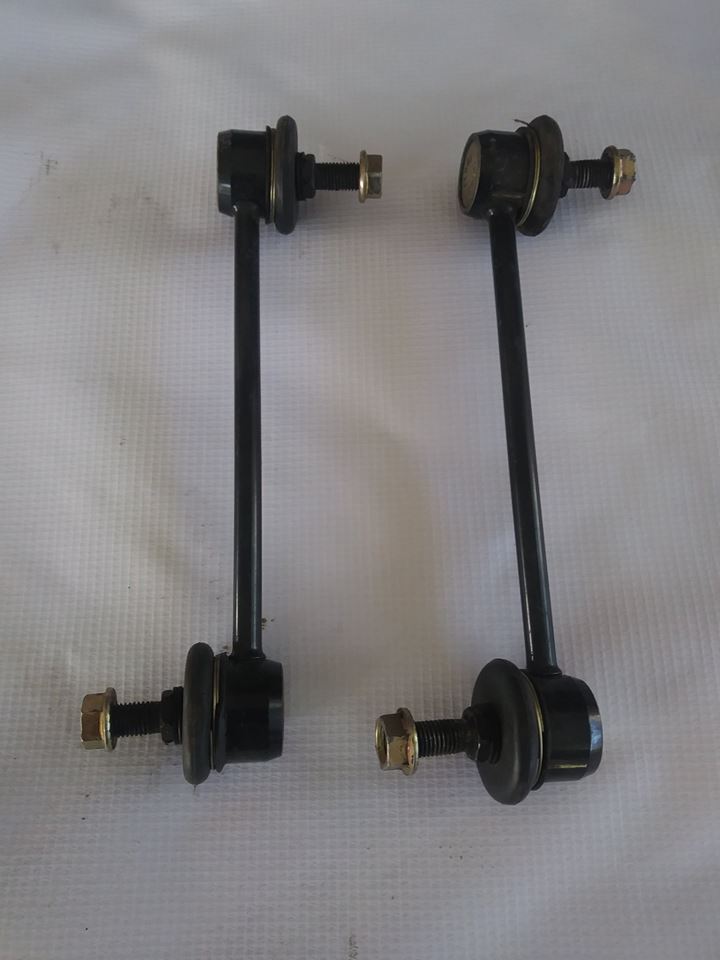
New VS Damage brake pad
This is what happens when we press the brake pedal on our car and then we hear the sound of metal with metal. This causes damage to the brake rotor and increasing the cost of the brake service repairs, not to mention is a safety issue too!

Clean VS Dirty air filter
What does an air filter do in your car ? An air filter prevents debris, dirt and contaminants from entering into your engine. The real question is does it affects the performance of my car? ...a dirty air filter will not allow air to have a maximum flow to the engine, therefore, the engine not working at its optimum performance and robing power.
A clean air filter will allow the engine to “breathe”, perform better, and maintain horse power and "the best", saving you money at the gas pump. The air filter should be replaced between 15k-30K miles depending on driving conditions. If you drive on dirt or gravel roads, it needs to be change more often than paved roads. Check and/or change air filter every 6 months to improve fuel economy and keep your engine running smoothly.
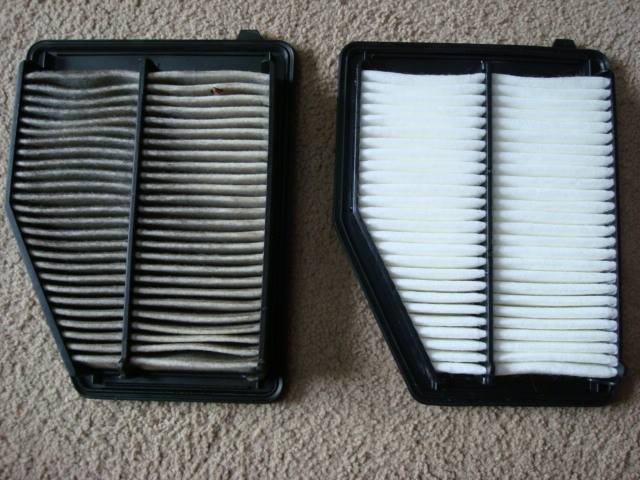
What is a wheel hub assembly? (WHA)
The wheel hub assembly is located between the disc/rotor and the drive axel, which allows wheels to turn freely and plays a role in the safety and handling of your car. Here are some of the symptoms of a bad hub assembly: Grinding when the vehicle in motion Wheel vibration/wobble Humming/growling noise that intensifies as the vehicle pick up speed Uneven brake pad wear The wheel hub assembly if not change within time, eventually the wheel will seize up and lock…causing more damage and a more expensive repair… Also causing wear and tear of the tire.
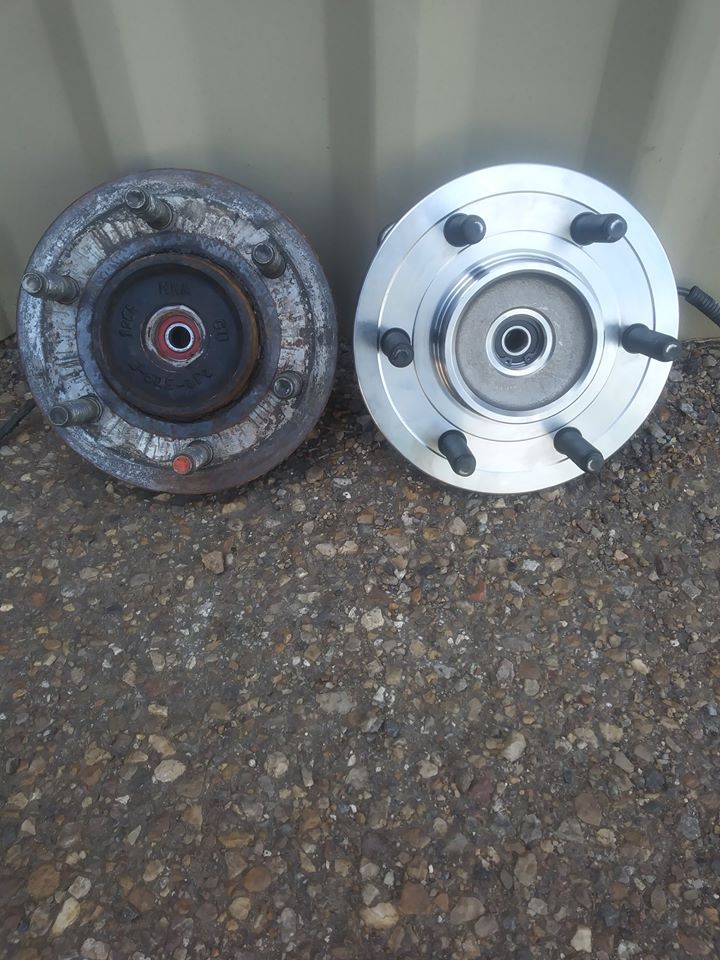
What is a CV axle shaft?
A CV axle is a Constant Velocity (CV) joint. The CV axle are mostly found in the front wheel drive automobiles and some rear wheel drive cars with independent suspension. The CV axle uses CV joints to deliver flexible power to the wheels.
How do we know if you have a bad CV axle (CV joint)?
A loud clicking noise when we do a hard turn. This is one of the most common and noticeable symptoms of a bad CV axle shaft. When the CV axle starts making the clicking noise is showing the wear and tear of the CV axle, the joint will become loose and click when turning.
Remember the symptoms of a bad CV axle is the clicking noise when a hard turn…if you drive it for a long time, eventually; the CV Joints will break and your vehicle will lose the ability to move on its own, which will cost you more to repair your vehicle since now you will need a tow truck to take it to a shop.
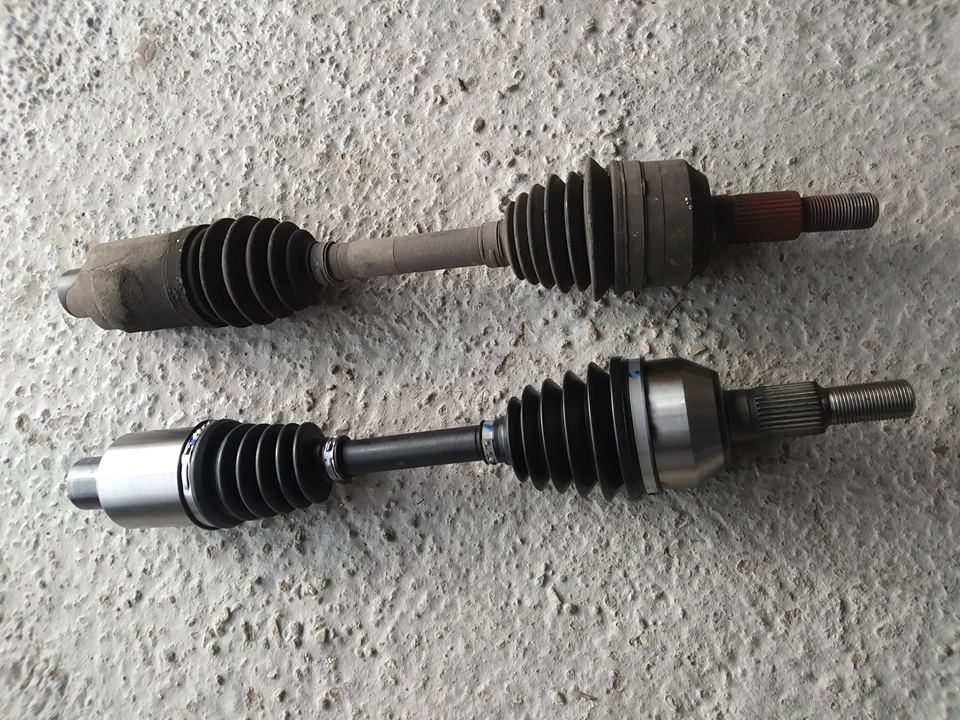
Why do cars need wheel alignment?
What is a ball joint?
I am sure we all seen a car on the street just like this one. well a ball joint went out. A ball joint is a suspension part that connects the control arm to steering knuckle. Also is a pivot point between the wheels and the suspension of your vehicle.
Signs of bad or failing ball joint:
- Clunking noises
- Excessive vibrations
- Sterring to the right or left unitentionally
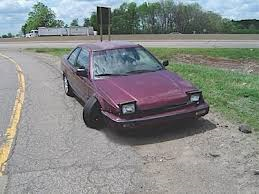
If your car's tires and suspension look like this.... we can help you make it run straight
Signs of suspension problems:
- Pulling/drifting to one side while driving.
- Feeling every bump in the road.
- One corner of the car is sitting lower than the other one.
- Momentum makes your car nose dive, lean back or roll.
- Difficulty steering.
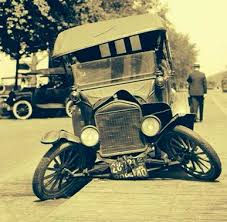
Why is it necessary to balance tires?
When a new tire is mounted on a rim, it needs to be balance.
All four tires should be balance properly to obtain a smooth ride, good traction, steering control and long tire life. This will ensures a shake free ride, even tire tread wear, and it would help the suspension/steering components to last longer.
Signs of unbalance tires:
- Vibration
- Steering wheel shacking
- Seats shaking
Here are the effects on unbalance tires:
- Excessive and uneven wear
- Vibration
- Decreased Fuel economy
- Damage to suspension and steering components
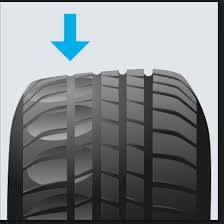
Worn shocks equal tire wear
Did you know that shocks and struts provide damping force to control tire movement? When the tires move excessively, they develop a “cupping” wear pattern that damages the tire. Other factors such as incorrect air pressure, worn suspension components or improperly aligned steering also causes uneven tire wear.
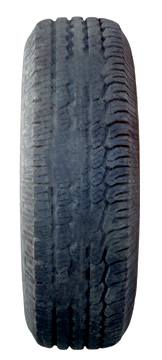
screeching noise when you break?
If you hear a noise coming out of your brakes. You could be hearing metal with metal scraping. You might need brake pads or your rotor might end up looking like this one. Your welcome to bring it over for a free check up
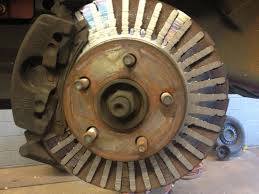
Why is a regular brake inspection important?
Here's a video with some information about how the brake system works on your vehicle and why a regular brake inspection should be part of the regular maintenance.
What are shocks and struts and it's effects?
Shock absorbers. A shock absorber on an automobile does one thing and one thing only, keeps the car from bouncing. Struts are considerably different. Struts are a structural part of the suspension system and are mounted to the chassis of the vehicle on the top, and they come down through the trut system.
In this short video from Monroe Shocks you can appreciate its effects. You'll be surprise what you'll find. Plus the answer to the rough ride on your vehicle
